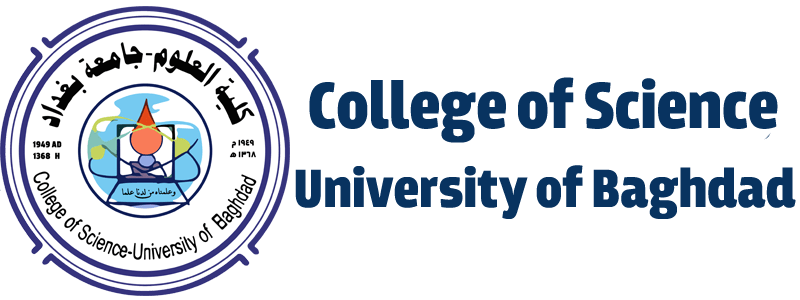It is one of the most important laboratories in the basic astronomy branch, used for preliminary studies students in the fourth stage of the Department of Astronomy and Space. This laboratory provides students with the possibility of conducting educational experiments on how to identify the most important basic principles in radio astronomy. It facilitates the students’ learning and integrated performance in understanding and conducting practical experiments and computer programs with extreme accuracy.

Advanced radio astronomy laboratory
It is one of the most important laboratories in the branch of basic astronomy. It is used for scientific research for postgraduate students in the Department of Astronomy and Space for both the master’s and doctoral levels who wish to complete their studies in the field of radio astronomy. This laboratory provides research stage students with the possibility of conducting observational experiments on how to identify various radio monitoring techniques using the University of Baghdad radio telescope dedicated to monitoring the hydrogen emission line with a frequency of 1420 MHz, and processing the noise accompanying the observed signal through a noise calibration device. In addition to teaching students in the research stage how to choose and find the optimal conditions for conducting radio observations.
Atomic physics laboratory
The atomic physics laboratory is one of the educational basics. It makes it easy for students to learn and for workers to explain and conduct practical experiments with extreme accuracy.
Optics laboratory
The Optics Laboratory is considered one of the important laboratories in the Department of Astronomy and Space Sciences. This laboratory is given to preliminary study students in the third stage. In this laboratory, the student studies the nature of light, its properties, and propagation in terms of reflection and refraction, its relationship to lenses and mirrors, as well as interference and diffraction, as well as polarization.

Cosmic Plasma Laboratory
Plasma physics is one of the important specialties, especially in our current time, because plasma has scientific and practical importance in various fields, including in the field of astronomy and space, where we know that plasma constitutes more than 99% of the components of matter in the universe.

This laboratory is considered one of the educational basics and the cornerstone of astronomy and space sciences. It facilitates learning for students and for laboratory workers to perform comprehensively in explaining and conducting practical experiments and computer programs with extreme accuracy.
The Laboratory (Processing, Nuclear Analysis, and Numerical Analysis) is one of the important laboratories in the Department of Astronomy and Space. It is dedicated to teaching scientific subjects that rely entirely on the computer to interpret and analyze practical results.

Mechanics and Electrical Laboratory
The Mechanics and Electrical Laboratory for the first stage. The Astronomy Department is concerned with the practical study of the subject of mechanics and electricity, training students on the scientific foundations of this subject, how to deal with devices, how to connect experiments, take measurements, compare them with accurate and internationally proven measurements, and find the error rate.

Stellar Physics Laboratory
The Stellar Physics Laboratory is considered one of the modern and important laboratories in the Department of Astronomy and Space Sciences, where stars and their various stages of development are studied. It also includes the study of the physical properties of the density and chemical composition of stars, as well as their interactions.









